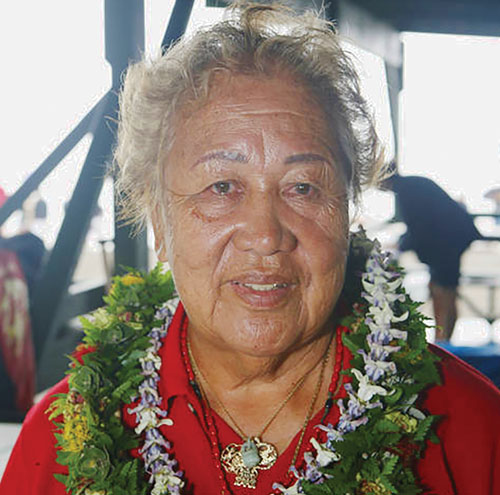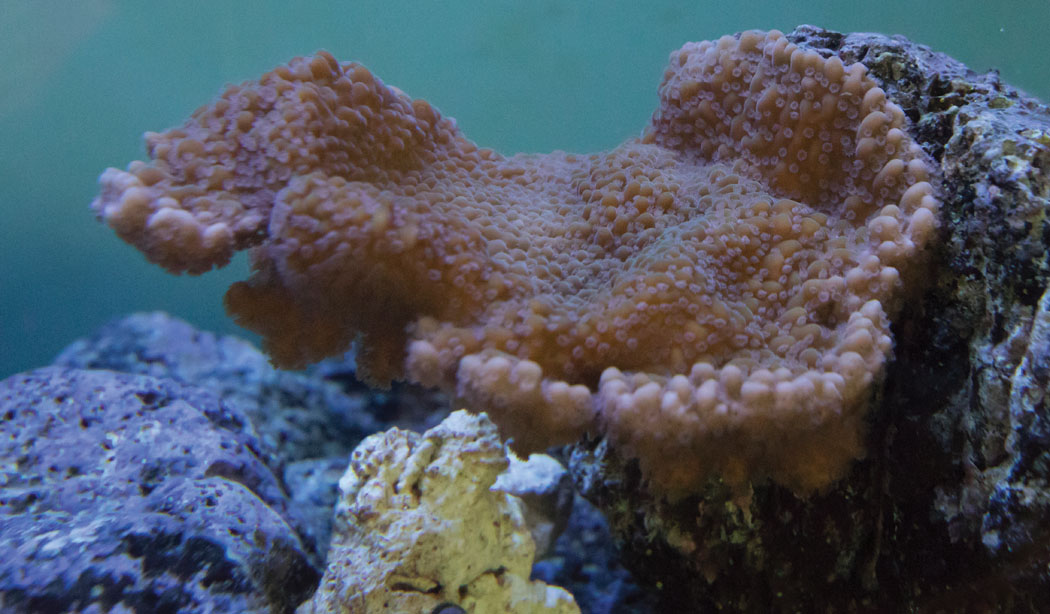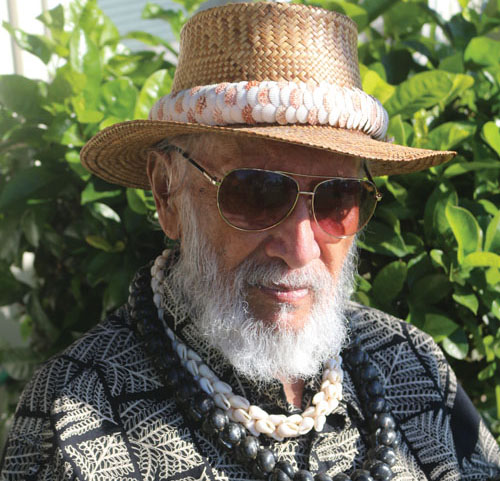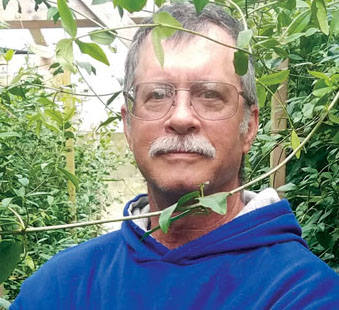
Maile Lei, Lovely Maile Lei…is Growing Sustainably on Hawai‘i Island
Maile Lei, Lovely Maile Lei…
You weave your magic charms around
Hawai‘i nei.
Every day in your subtle way,
You tease the tradewinds with your fragrance, maile lei.
– Maddy Lam, 1963
By Marcia Timboy
For centuries, lei made from the shiny fragrant vines of maile have been used to communicate love, respect, blessing, enduring devotion, reverence, friendship, and peace. Many ancient oli (chants) and mele (songs) celebrate its fragrant beauty.
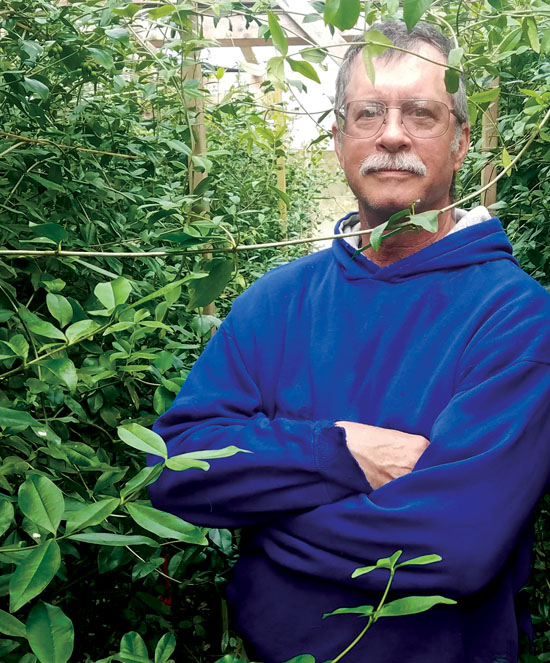
Maile, Alyxia stellate, an endemic plant only found in Hawai‘i, is fairly common in dry to mesic forests on all the main islands except Kaho‘olawe and Ni‘ihau, where they probably occurred in the past. Traditionally the maile was symbolic of the gods and one of five kino lau (plants) used to decorate the kū‘aha (altar) of Laka, goddess of hula.
The legend of the five Maile Sisters—minor goddesses of hula, who took human or plant forms—are remembered today by the five varieties of maile: maile pākaha (blunt leaf maile), maile lau nui (large leaf maile), maile lau li‘i (small leaf maile), and maile kaluhea (sweet smelling maile).
Maile was offered to signify a peace agreement between warring chiefs. The chiefs would symbolically intertwine the maile vines during ceremony at a heiau (temple), and its completion officially established peace between the two factions.
The maile lei’s allure endures to this day. Hula dancers still wear strands of maile, and kama‘āina boys opt to wear a maile lei to prom instead of a boutonnière. Maile lei are gifted to celebrate significant occasions like graduations, birthdays, and retirements. Grooms adorn themselves and their groomsmen in maile lei, and a hand binding ceremony using maile lei is still performed at weddings. Untying a maile lei is the Hawaiian version of a ribbon cutting ceremony, commemorating the opening of new buildings, roads, businesses, and even at Hawai‘i State government sessions.
The popularity of giving and receiving lei, along with other Hawaiian cultural practices, has grown in the last century as the islands have become more accessible to visitors globally. Hālau hula (hula schools) from the continental US, Japan, Europe, Mexico, and around the world order the highly coveted maile lei for special performances, as well as for weddings, graduations, and other occasions. The great demand for maile lei has become excessive in recent decades, and is notably linked to the inception of Hawai‘i Island’s celebrated Merrie Monarch Festival.
The maile vine is an integral part of the native Hawaiian forest understory. Improper gathering practices, a lack of cultural protocol, and uneducated and acquisitive opportunists have added to the decline of Hawai‘i’s already fragile ecosystem—specifically of the native forests. Fortunately, true stewards of the island’s natural environment are taking measures to ensure sustainable practices will preserve these native forests for future generations.
The Island Gardener—Aloha ‘Āina Practitioner
David Miranda was six years old when he decided to become a horticulturalist. “I knew my work would be to grow plants.” One of six children of Wallance Freitas Miranda and Lorraine Lopes Miranda, Dave grew up in Kāne‘ohe, O‘ahu; however, his roots run deep in ‘O‘ōkala on the Hāmākua coast. Both sets of great-grandparents, one family immigrating from Oslo, Norway, and the other from Madeira, Portugal, sailed from Jamestown, Virginia, on passage around the Horn to the Kingdom of Hawai‘i between 1885–1887. Jonas Gulbrand Jonnasen and Libana de Freitas were young children when they landed at Hawi, on the Kohala coast. The Jonnasen and Freitas families, as with many North Hawai‘i settlers, became “cattle people,” or ranchers. Jonas and Labanga eventually met and married in Kukuihaele, a village along the Hāmākua coast. “My great-grandparents were Royalists; they were loyal subjects of the Kingdom.”
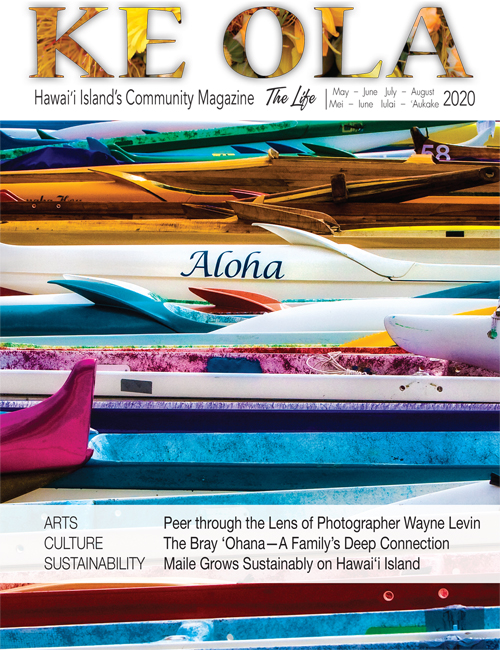
Dave’s grandmother, Olivia Jonnasen would marry his grandfather, Joseph Miranda, from another ranching family. The Mirandas moved to the ranching area of Maunawili on O‘ahu and had five children. Tragedy struck when Joseph was kicked by a cow, contracted tetanus, and died. Soon after the sad event, his grandmother took the four younger siblings and moved to California. Dave’s father, the eldest child, was 18 at the time. He stayed in Honolulu, finding work as a machinist at Pearl Harbor. As fate would have it, he was called in to work on his day off, December 7, 1941, to assist in the bombing clean-up.
Dave’s childhood summers were spent at Kūka‘iau Ranch with his paniolo (cowboy) Hawaiian step-grandfather, John Holimai. (His widowed grandmother, Olivia, eventually returned to Hawai‘i Island’s paniolo country and married Mr. Holimai.) The experiences with his step-grandfather would be the lifetime inspiration of his reverence for Hawai‘i’s natural environment. He learned Hawaiian environmental stewardship by observing his Grandpa John’s daily activities, including cultural protocol especially in regards to the ‘āina. “I turned seven on the 4th of July at the homestead on Kūku‘iau Ranch.”
When his family took a day trip up to Volcano that same summer, young Dave made another decision while in awe of the upland forests. “This is where I want to live.”
Dave attended Damien High School in Honolulu, and went on to graduate with a bachelor of science degree in horticultural technology from the University of Hawai‘i at Mānoa. While attending UHM, he started apprenticing at Pang’s Nursery, gaining hands-on experience in plant breeding, propagation, and nursery production. Dave worked for Pang’s Nursery for 10 years before being recruited by Tropical Connection, a large anthurium nursery. He was hired to set up a clean propagation system to mitigate the anthurium blight that severely impacted East Hawai‘i’s horticultural industry. Always interested in solving problems in plant production and viability, Dave went on to work as a production manager developing sanitation protocols for Orchid Works from 1999–2008.
Sustainable Maile Production—Preserving Native Forests
An avid hiker, Dave has had peace-filled, enlightening, infuriating, and almost treacherous experiences exploring native Hawaiian forests. He was a near witness to the Olokele Canyon Collapse on Kauai in 1981. “There was a noise, muffled but distinct; the sound of trees and rocks falling suddenly and unexpectedly. A landslide for sure, falling into who knows where; we could not see it but the sound was unmistakable. It wasnʻt until three or four days later when we were off the mountain that we saw the headlines and pictures of the wall collapse in Olokele canyon…when we actually reached Wai‘ale‘ale, that we got to see the slide for ourselves. It seems to my memory that the slide was so massive that it fell from one wall and sloshed up the wall on the other side of the canyon. I was impressed and grateful that we had not been closer.”
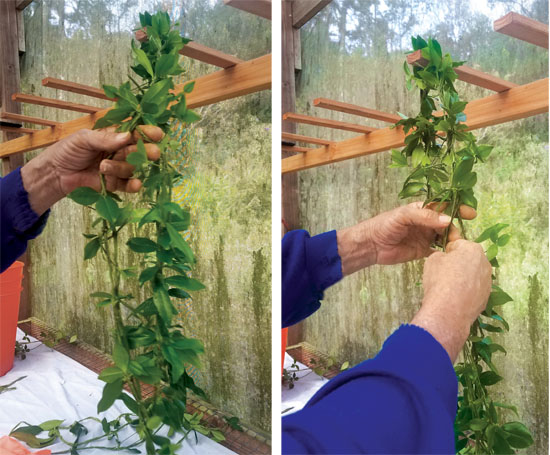
He has seen firsthand the devasting effect of improper gathering techniques that many people have when picking maile. “I saw this one young guy rumbling through the forest with trash bags, pulling up maile vines with roots and all…stuffing them into the trash bags. I find the behavior offensive, motivated by greed, with no reverence for the plant and forest.” “Always ask permission [from the plant] to pick it”, as his Grandpa John Holimai taught him years ago to do.
Dave’s primary effort to grow maile in a sustainable fashion is to get pressure off the native Hawaiian forests. The horticultural challenge of propagating maile was another motivating factor, and after five or six years of research and development, he finally planted his first seedlings in 2014. Today he has a greenhouse full of healthy and beautiful sustainably-grown maile plants. Dave hopes to have apprentices to “pass on and teach others what I’ve taught you” as his first mentor, Everett Pang, told him years ago.
David Miranda wants to set a new standard in maile production and maile lei making. “I make lei that doesn’t fall apart.” He plans on writing a manual on maile production and propagation protocols. “I believe this is another horticultural industry for the younger generation. This can be a living income for a farm family to do in a committed deep way.”
Incomparable and Fragrant
A lot of the maile presently sold are from the Cooke Islands, and have no distinct fragrance. Native Hawaiian maile is the most prized and fragrant found here on Hawai‘i the Big Island.
Onaona Puna i ke ‘ala o ka hala la e
Ua wiki pū ‘ia me ka maile la e
He aloha no ‘o Pana‘ewa
Sweet is Puna with the fragrance of the hala
Entwined with the maile
Beloved is Pana‘ewa
(Alice Ku‘uleialohapoina‘ole Nāmakelua, 1958)
Several Hawai‘i Island ‘ōlelo no‘eau (Hawaiian proverbs) relay a wonderfully fragrant image of Puna and Pana‘ewa districts. Ka makani hali ‘ala o Puna, the fragrance-bearing wind of Puna; Lei Hanakahi i ke ‘ala me ke onaona o Pana‘ewa, Hanakahi is adorned with the fragrance and perfume of Pana‘ewa.
These were both places that had a moist climate suitable for maile and other fragrant ferns, as well as the famous hala from Puna. The phrase Puna paia ‘ala, fragrant walls of Puna, gives reference to the hīnano blossom which was famously hung inside hale (homes) of that district to scent the house. People traveled to both Puna and Pana‘ewa to pick maile, hence those areas being remembered as fragrant. ❖
For more information: BigIslandMaile.com
Mahalo Ahualoa Farms—Local Agriculture Story Sponsor
